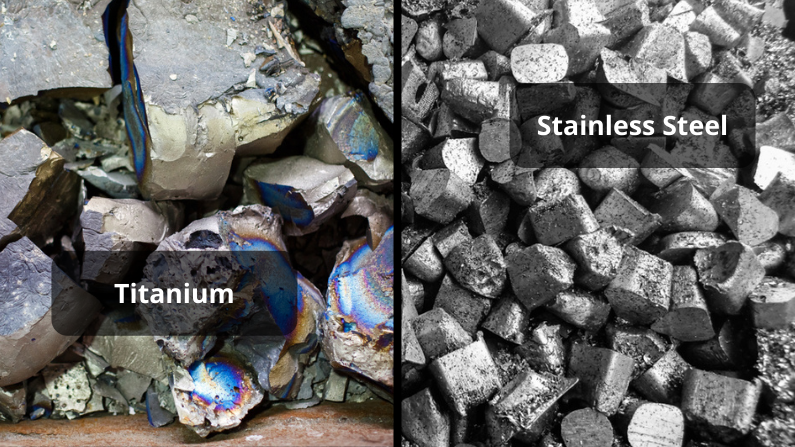When choosing steel for industrial or construction projects, understanding the difference between cold rolled and hot rolled steel is critical. Both types of steel go through different manufacturing processes, which affect their strength, surface finish, tolerance, and applications. Whether you’re designing machinery parts or structural components, knowing which type of steel suits your project can save both time and cost.
In this blog, we’ll break down the differences between cold rolled and hot rolled steel, helping you decide which one aligns best with your needs.
🔧 What Is Hot Rolled Steel?
Hot rolled steel is produced by rolling steel at high temperatures, typically over 1,700°F (927°C). This temperature is above the recrystallization point, which makes the steel easier to shape and form.
Key Characteristics:
- Less precise dimensional tolerances
- Rougher surface texture
- Lower cost
- Easier to form and shape
Manufacturing Process:
- Steel is heated above its recrystallization point.
- It is passed through rollers to form desired thickness.
- It is left to cool naturally in the air.
❄️ What Is Cold Rolled Steel?
Cold rolled steel is essentially hot rolled steel that has gone through additional processing. After cooling, the steel is passed through rollers at room temperature to achieve tighter dimensional tolerances and a smoother surface finish.
Key Characteristics:
- More precise and uniform dimensions
- Smoother surface with better aesthetics
- Higher strength due to strain hardening
- More expensive
Manufacturing Process:
- Hot rolled steel is cooled.
- It is rolled again at room temperature.
- It may be annealed or coated depending on application.
🔍 Cold Rolled vs. Hot Rolled Steel: Key Differences
| Property | Hot Rolled Steel | Cold Rolled Steel |
|---|---|---|
| Processing Temperature | Above 1,700°F (Hot) | Room temperature (Cold) |
| Surface Finish | Rough, scaled | Smooth, polished |
| Dimensional Accuracy | Lower accuracy, more tolerance | Higher precision and consistency |
| Strength | Lower tensile strength | Higher tensile strength due to strain hardening |
| Formability | Easier to bend and form | Harder to shape, may require annealing |
| Cost | Less expensive | More expensive |
| Applications | Construction, welding, railroad tracks | Home appliances, automotive parts, furniture |
🏗️ Applications: When to Use Which?
✅ Use Hot Rolled Steel When:
- Exact tolerances aren’t critical
- You’re working with large structural components
- You need steel for welding, construction, or railroad tracks
- You want to save on material cost
✅ Use Cold Rolled Steel When:
- You need tight dimensional accuracy
- Surface finish and aesthetics matter (e.g., furniture, home appliances)
- The application demands higher strength or hardness
- You’re working with small, detailed parts like gears or fasteners
💰 Cost Consideration
Hot rolled steel is generally more affordable, making it ideal for bulk structural work. Cold rolled steel, although more expensive, offers better precision, strength, and finish, making it ideal for finished consumer products or precision-engineered components.
🧠 Final Thoughts
Choosing between hot rolled and cold rolled steel depends entirely on your project needs. If you’re working on budget-sensitive construction projects where rough finishes and looser tolerances are acceptable, hot rolled steel is your best bet. But if your application requires fine tolerances, superior strength, or a smooth finish, cold rolled steel is worth the extra investment.
Understanding these differences not only helps in material selection but also improves the overall performance and efficiency of your products or structures.



